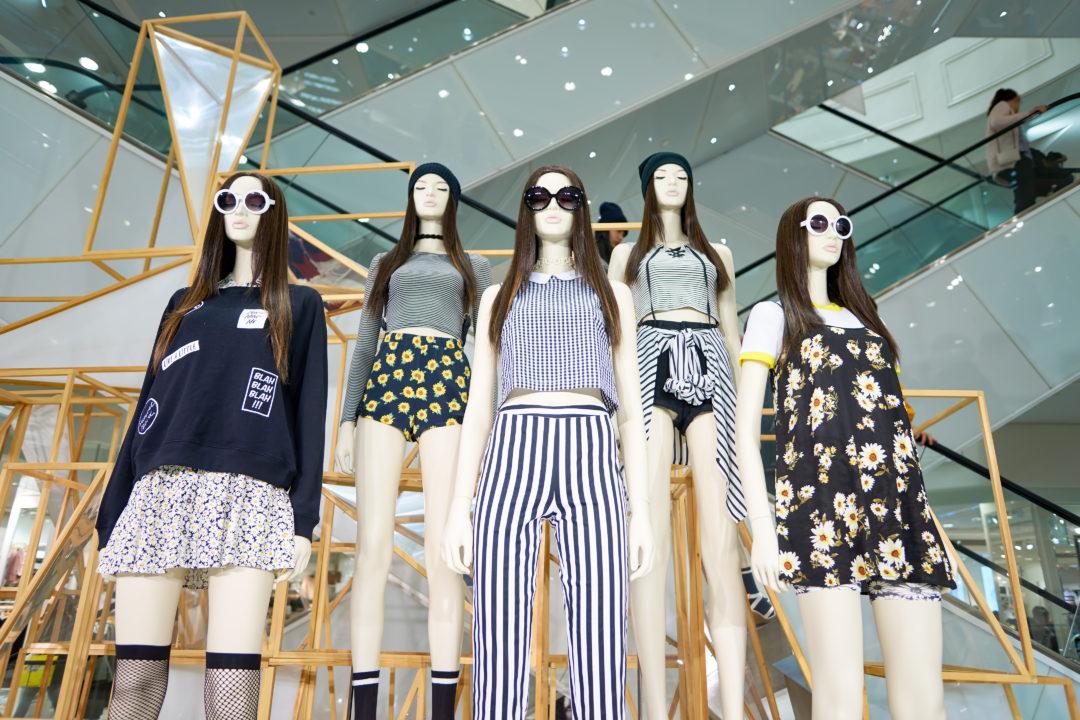Fast fashion is taking the fashion industry by storm with cheap prices and staying up to date with the latest trends. However, stealing high fashion designers artistic work, creating a cheaper version and making a profit is not ethical, but of course is in high demand. The reason they call it fast fashion is that it is fast on picking up the trends and current styles that the celebrities are wearing and putting it on the market at a way lower price. Stores like Fashion Nova, Forever 21, H&M, Boohoo, and more are stores that rely on other’s creativity to turn into profit. Each week thousands of styles are created and implemented in the stores for the consumers and always ready to cycle out as the trends pass.
These stores encourage the throwaway culture by creating clothes with cheaper material and have someone itching to buy the newest and latest clothes as the old items are not in season or good to last more than three times through the wash. Through this throw away culture brings most individuals to feed the landfills with the unwanted clothing items.
According to Image, “every second, the equivalent of an entire garbage truck of textiles is sent to landfill or burned, and The Copenhagen Fashion Summit reported that fashion is responsible for 92 million tons of solid waste dumped in landfills each year.”
The reason that they can produce such large quantities of clothes at a fast pace in time to keep up with the trends are due to the lack of human rights across countries who make these products. Commonly, the companies do not have regulations for their employees and the workers are unpaid, or lack thereof, poorly fed and work long hours each day. Consumers often buy that cute sweater for a low price without thinking about the production that goes into it.
Exposure to the harsh chemicals is another issue that the workers face. Since there is no other opportunity for the workers to leave, they are stuck in these conditions. Not only are the workers exposed to chemicals such as lead and toxin dyes for the fabrics but it goes into the water streams of the countries that they are in as well. It leaves a carbon footprint from the airplane travel to bring the products overseas, as well as pollutes their water sources.
“What these large corporations have done is remove the humanity and distance their consumers from the realities of how our clothing is made,” stated Fast Company. “It can be hard to believe in our current age of automation, but the reality is that the garment manufacturing process remains largely human-powered,” according to Fast Company.
Kim Kardashian has expressed her concerns with fast fashion taking from designers and looking at it as copying rather than simply gaining inspirations.
“I’ve watched these companies profit off my husband’s work for years and now that it’s also affecting designers who have been so generous to give me access to their beautiful works, I can no longer sit silent,” Kim Kardashian tweeted. “It’s devastating to see these fashion companies rip off designs that have taken the blood, sweat and tears of true designers who have put their all into their own original ideas.”
Although designer brands personally give celebrities their brand to wear for free so the consumers who are less likely to afford will purchase their products, it does not give the excuse for smaller brands to take the work and create it themselves. Both of their targeted publics are middle class who are trend followers.
Constantly curating a life to follow trends throws away money as the trends change, and a new top becomes old news in a matter of a month. What should be done is to recognize the fast fashion tactics and invest in quality pieces that do not promote the throwaway culture. To only buy clothes when necessary may be difficult but will ultimately save the resources and effects it has on the planet as well as your wallet.



































